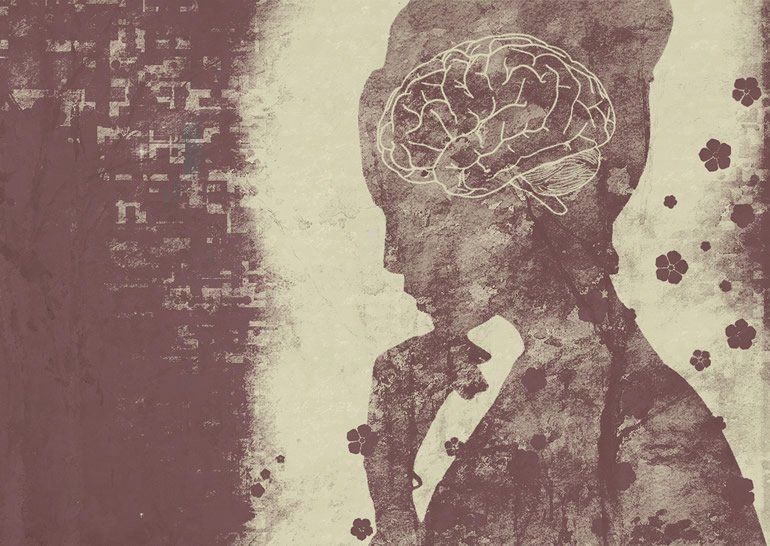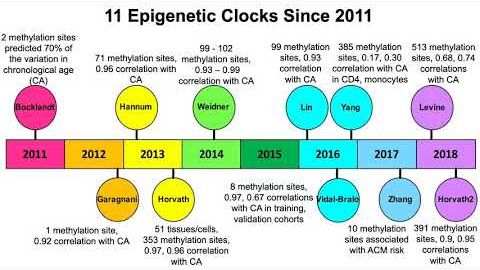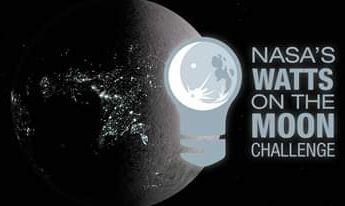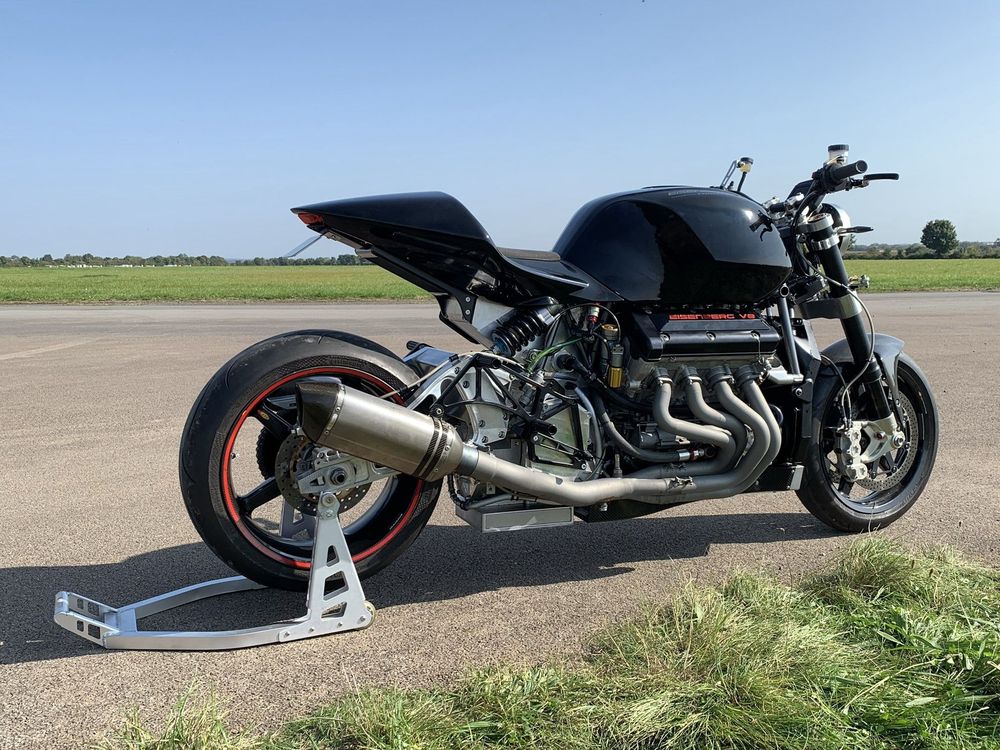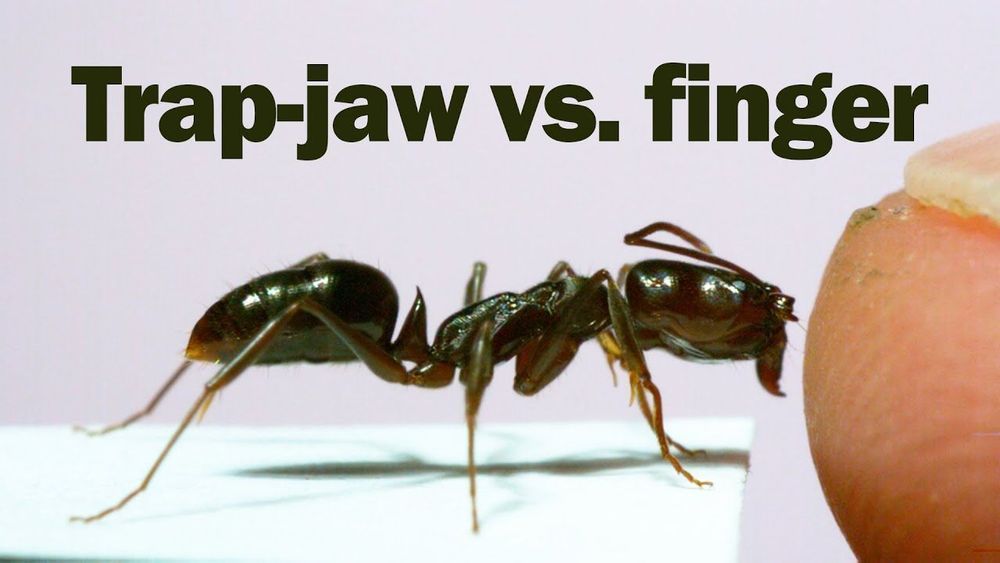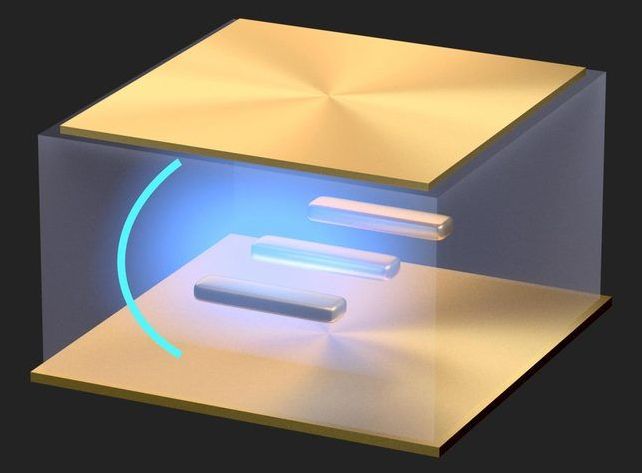Advanced imaging shows Parkinson’s can begin as brain-first or body-first.
Researchers have identified 160 genes linked to brain shrinkage in adults. The genes appear to be involved in brain development, vascular and neurodegenerative diseases, and some psychiatric conditions.0 genes linked to brain shrinkage in adults. The genes appear to be involved in brain development, vascular and neurodegenerative diseases, and some psychiatric conditions.0 genes linked to brain shrinkage in adults. The genes appear to be involved in brain development, vascular and neurodegenerative diseases, and some psychiatric conditions.
11 epigenetic clocks have been published since 2011, but which is best for predicting aging and age-related disease? In this video, I present findings from a recent publication, “Underlying features of epigenetic aging clocks in vitro and in vivo”, that compared data for 11 epigenetic clocks, and derived a new epigenetic clock, the meta-clock.
Rolling Out: 09/25/2020
Posted in space travel
This week on #SpaceToGround : the International Space Station is set for a delivery of supplies and science from the Northrop Grumman Corporation’s Cygnus spacecraft, while the next astronauts set to launch aboard SpaceX’s Crew Dragon prepare for their upcoming mission:
NASA’s Watts on the Moon Challenge seeks solutions for energy distribution, management, and/or storage that address NASA technology gaps and can be further developed for space flight and future operation on the lunar surface. Not only could novel solutions make a difference in lunar and space exploration, but technologies discovered during NASA’s Watts on the Moon competition could help facilitate new power options on Earth.
There is a primordial drive in certain motorcyclists that can only be satisfied by shoehorning the largest and most excessive engines possible into the frames of two-wheelers. The mighty V8, a staple of the muscle car world, has frequently found itself driving half the wheels it was designed for, but typically there’s been one glaring problem with the resulting motorbikes: they’re colossal.
Take the Boss Hoss, probably the best known V8 bike you can slap some money down and buy. Those things use engines up to 7 and a half liters in displacement, and you’d better bring a packed lunch if you want to walk around one.
Then there’s Nick Argyle’s Rapom V8, which uses an 8.2-liter, thousand-horsepower supercharged engine out of a freakin’ monster truck. That thing’s even bigger, and gets a hilarious four miles a gallon.
These are just some of the important applications bio-inspired robots could be used for, and that’s why roboticists at the worldwide major robotics labs are dedicated to exploring the class Insecta.
The question isn’t only how big and powerful we can make a machine, but how small and savvy. What might humans be capable of if we could command a tiny army of simple machines? How could we use robots that could fly, skim across the water, hop to the ceiling and even swarm?
World hunger is a persistent problem despite all of humanity’s progress in recent years. Continuing on last week’s discussion on how we can end world hunger, this week, I am talking about one contributing factor: the end of meat culture.
Discord Link: https://discord.gg/brYJDEr
Patreon link: https://www.patreon.com/TheFuturistTom
Please follow our instagram at: https://www.instagram.com/the_futurist_tom
For business inquires, please contact [email protected]
Circle Oct. 20 on your calendars.
The OSIRIS-REx probe is scheduled to pull off NASA’s first-ever asteroid-sampling operation on Oct. 20, snagging precious dirt and gravel from a carbon-rich space rock called Bennu.
Physicists at Chalmers, together with colleagues in Russia and Poland, have managed to achieve ultrastrong coupling between light and matter at room temperature. The discovery is of importance for fundamental research and might pave the way for advances within, for example, light sources, nanomachinery, and quantum technology.
A set of two coupled oscillators is one of the most fundamental and abundant systems in physics. It is a very general toy model that describes a plethora of systems ranging from guitar strings, acoustic resonators, and the physics of children’s swings, to molecules and chemical reactions, from gravitationally bound systems to quantum cavity electrodynamics. The degree of coupling between the two oscillators is an important parameter that mostly determines the behavior of the coupled system. However, the question is rarely asked about the upper limit by which two pendula can couple to each other – and what consequences such coupling can have.
The newly presented results, published in Nature Communications, offer a glimpse into the domain of the so-called ultrastrong coupling, wherein the coupling strength becomes comparable to the resonant frequency of the oscillators. The coupling in this work is realized through interaction between light and electrons in a tiny system consisting of two gold mirrors separated by a small distance and plasmonic gold nanorods. On a surface that is a hundred times smaller than the end of a human hair, the researchers have shown that it is possible to create controllable ultrastrong interaction between light and matter at ambient conditions – that is, at room temperature and atmospheric pressure.

